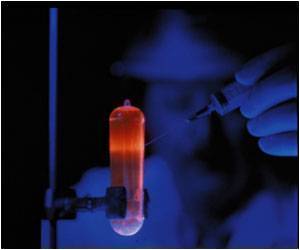The new indoor module will be released this summer, while the research supporting it will be presented at the International Building Performance Association conference this September in Belgium.
‘Eddy3D software currently without the new module is available for free. However, the new module will be available July 30.’
Based on computational fluid dynamics, the tool features a simple user interface, a validated simulation engine and streamlined simulation setup for a fast analysis. It shows the eddies of air flow and can indicate regions in rooms where air is stagnant and pathogens begin to concentrate.
The lab’s research show that furniture – and people – have a large influence on virus diffusion throughout the floor plan. Plastic partitions can block the virus diffusion, but direct air allows a higher virus dissipation rate.
“As a designer or an architect, it’s very difficult to develop an intuition for airflow,” said Timur Dogan, assistant professor in the Department of Architecture, who directs Environmental Systems Lab.
“With this, you are getting a good synchronization of airflow everywhere, so that you’re not mixing or transporting bad air from one location to another, or from one desk to another.”
A preprint of the September research presentation work is available on ResearchGate.
“Architects and designers are not necessarily experts in computational fluid dynamics,” Dogan said. “The goal is to help professionals make decisions about workplace and classroom environments.”
The Cornell Atkinson Center for Sustainability funded the research.
Eddy3D – currently without the new module – is available now for free. The new module will be available July 30.
Source: Eurekalert



